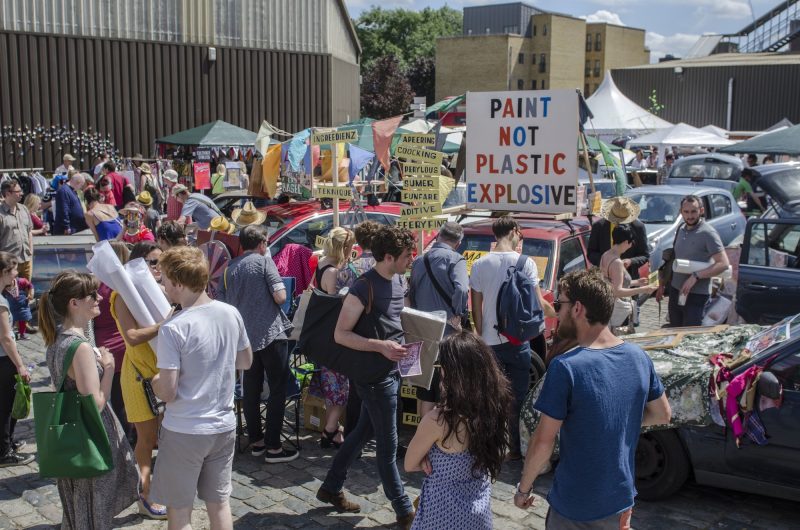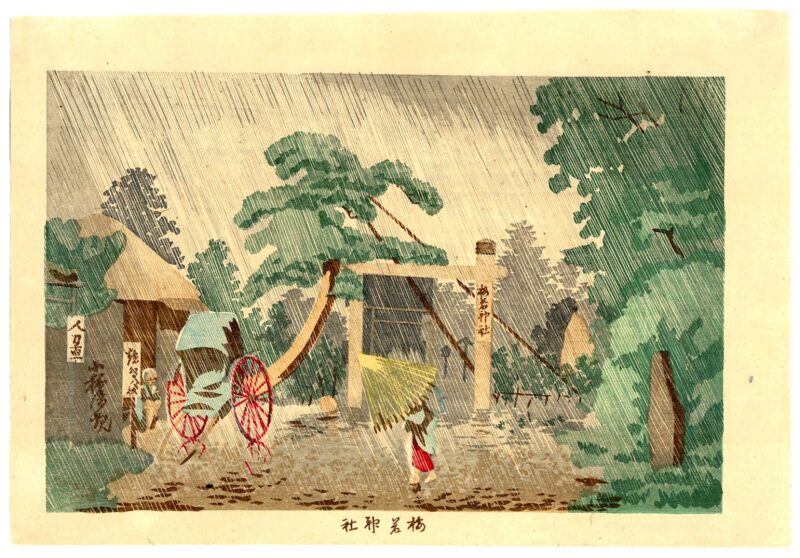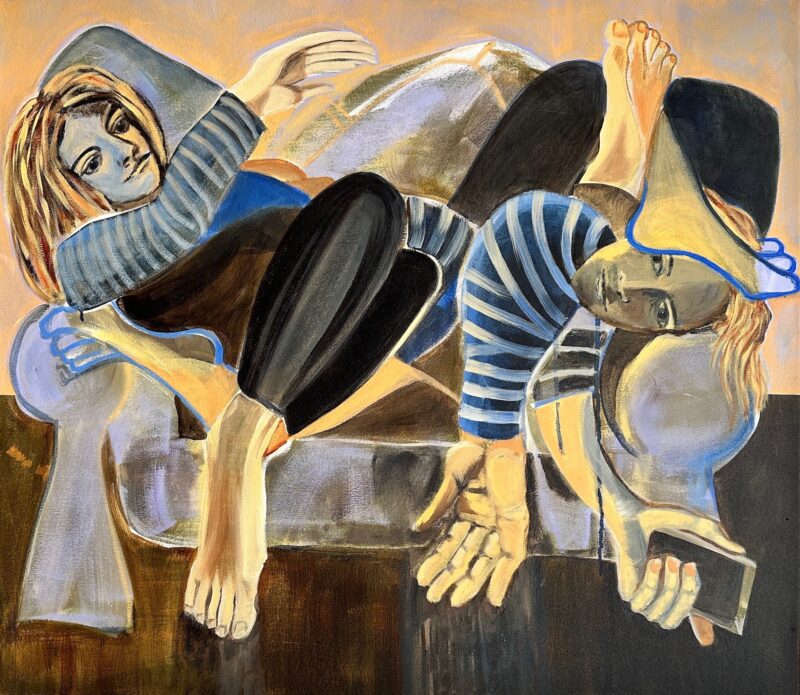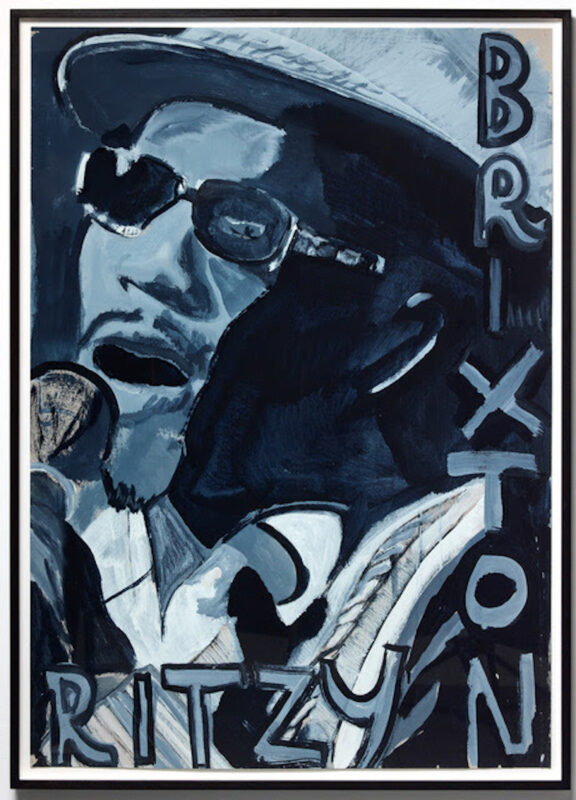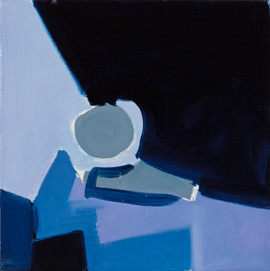
In Susie Hamilton’s paintings abstraction is never allowed to take over completely. She wants her paintings to be a hinge between figurative and non-figurative art in order to show the world of familiarity tipping over into the unfamiliar and inexplicable. She wants to reach a tipping point where the recognizable world of representation has given way to unnamed, abstract shapes that still, however, contain traces of their figurative origins. The “sensation”, as Francis Bacon said of his painting, “slowly leaks back into the fact”. Before finding out what an object is, there is the sensation of an obscure but intriguing presence, some visual force that reminds the viewer of something as yet unlabelled. It is about two contrasting ways of seeing the world—in terms of familiar names or of unfamiliar, nameless shapes and an attempt to get behind the familiar to rediscover a sense of mystery.
These paintings are based on over five summers of figure drawings; drawings of people on beaches in which the figures have been increasingly abbreviated, condensed, exaggerated. As with her former paintings, metamorphosis plays a key role in Susie Hamilton’s work. But in earlier works–the Beach or Dining Room series for example–metamorphosis is primarily about the biological and psychological degeneration of the figure into fluidity and shapelessness. Here deconstruction is a prelude to reconfiguration. The figure is reduced to essential, elementary shapes like the letters of an alphabet or phonemes of a language, what Matisse called signs; “with signs you can compose freely and ornamentally”. Out of these basic elements, Susie Hamilton’s linear figures are developed into blocks of tone and wedges of shape that are extended into and connected with the spaces around them. The figures are not set in deep perspective against a flat horizon but linked to a flattened, synthetic amalgam of angles and shapes. Both figures and ground are part of a continuous field in which foreground and background are in shifting, contradictory relationships keeping the eye on the move. From looking at the work of Hokusai, Susie Hamilton became interested in backgrounds that would seem to come forward and vice versa, animating flatness with these variable planes of colour to make baffling, almost surreal spaces.
Her paintings are also animated by the insistent brightness of a pink or citrus ground coming through upper layers of paint, pushing its way to the front against edges of brushstrokes that are applied quickly and confidently. As before, the physical stuff of paint is important to Susie Hamilton. Formerly she used it in watery mixtures to suggest degeneration and breakdown of the figure but over the last year she has renewed her working with what she calls “mess”, or the material of paint breaking out of orderly confines. No longer made to represent collapse and decay, “mess” is now manifested in the energy of rough, spontaneous brushstrokes revealing patches of light or ribbons of colour. And this energy in the use of materials shifts the mood of melancholy that might otherwise cling to the single figures in the pictures. “Energy”, as Blake wrote in ‘The Marriage of Heaven and Hell’, is “eternal delight”. The solitary figure in dark spaces that has occurred in Susie Hamilton’s earlier works reappears here but is made with raw-edged, angular, swiftly painted shapes that suggest exuberance reminiscent of the poem from which this show takes its title.
‘Madly Singing in the Mountains’ (trs. Arthur Waley) by the Tang Dynasty poet Bai Juyi, is about an exiled civil servant, a solitary of the mountains, confessing to a vice of breaking into verse where only apes and birds can see him. Wry and self-deprecating though it is and testifying to oddity, outlandishness and idiosyncrasy, the poem is beguilingly ambivalent, with liberation and joy accompanying a sense of melancholy. Abandoned to the wilderness and in political exile from the Imperial Court, the mad songs are like the ecstasies of desert saints and hermits. And it is the combination of bleakness and jubilation, the image of the solitary figure and the way in which the everyday and familiar are exchanged for another “mad” reality that gave the exhibition this title.
Recent Susie Hamilton exhibitions include June 2009 ‘Black Sun’, Galleri Hugo Opdal, Flo, Norway, and July 2008 ‘World of Light’, Triumph Gallery, Moscow.
www.paulstolper.com
